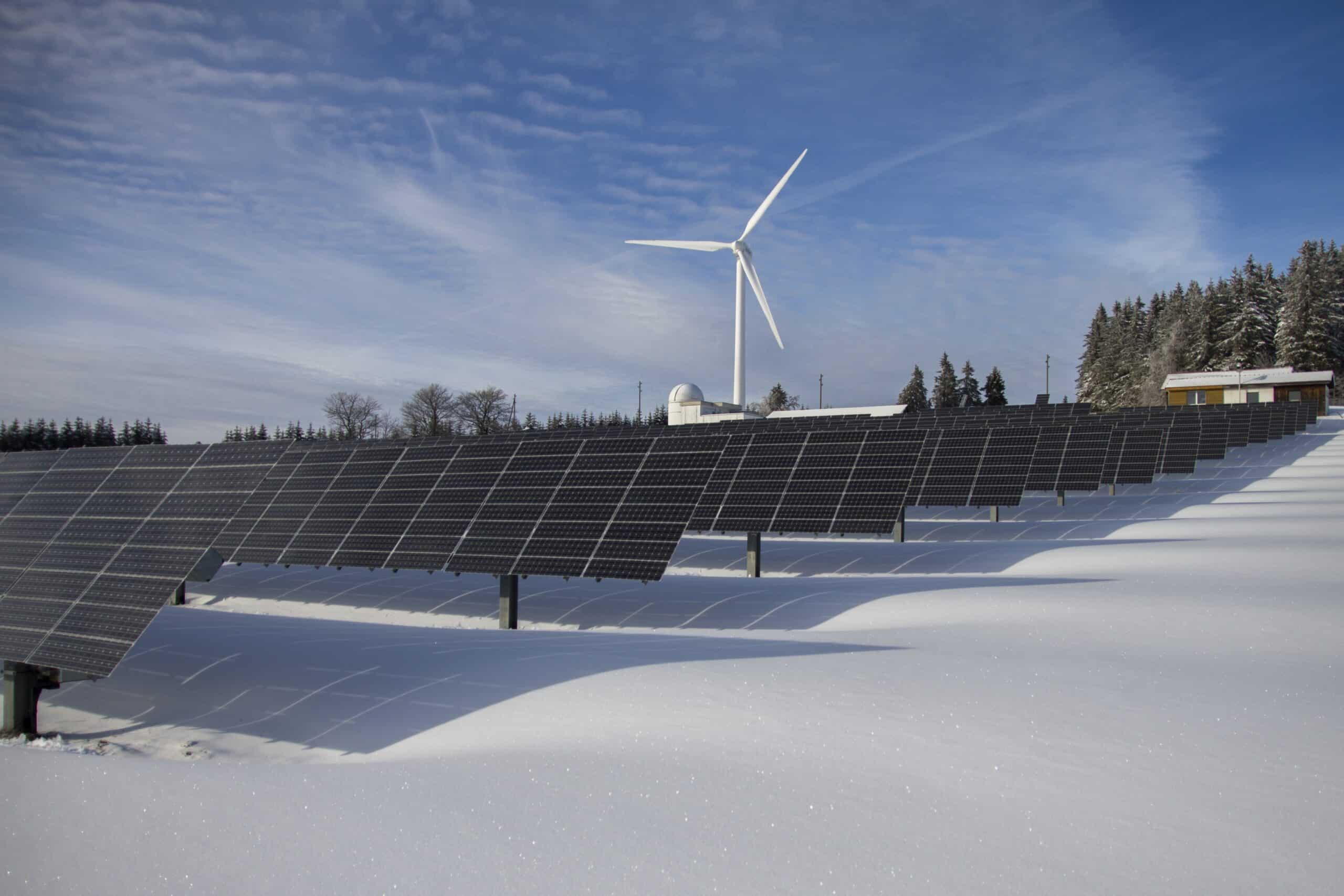Microgrids for Homes: The Future of Energy Savings

The 21st century has been a pivotal era for innovations in the energy sector. As the quest for renewable and sustainable energy solutions intensifies, one technology stands out: microgrids. Microgrids, essentially miniature, localized energy systems, are increasingly being incorporated into residential areas. But why are homeowners and urban planners gravitating towards this innovation? Primarily, it’s the potential for microgrids to drastically lower energy costs. Let’s dive into how microgrids can revolutionize the energy consumption pattern of our homes.
1. What Are Microgrids?
Microgrids are decentralized energy systems that can generate, store, and distribute power locally. Typically, they integrate renewable sources like solar panels, wind turbines, and batteries. They can function in tandem with the main power grid or autonomously, especially during power outages.
2. Efficient Energy Distribution:
Centralized power grids often lead to energy loss during transmission. Microgrids, with their localized distribution system, dramatically reduce the distance electricity travels, leading to more efficient energy use and reduced transmission losses.
3. Peak Shaving Capabilities:
One of the standout features of microgrids is their ‘peak shaving’ capability. In periods of high electricity demand, instead of drawing from the central grid (which might be more expensive during peak times), a household can rely on its stored energy. This not only reduces strain on the central grid but also saves money for homeowners.
4. Integration of Renewable Energy:
Microgrids can seamlessly integrate with renewable energy sources like solar or wind. By relying more on renewable energy and storing excess for future use, homeowners can drastically cut down on their electricity bills.
5. Demand Response Benefits:
Some advanced microgrids have demand response capabilities. They can automatically reduce energy consumption during high-demand periods, further saving costs. For instance, a smart microgrid might slightly adjust your thermostat or delay the dishwasher cycle during peak hours, minimizing your energy expenses.
6. Independence from Grid Uncertainties:
Power outages or grid failures can lead to reliance on expensive generators. Microgrids offer a buffer. If there’s a grid failure, the microgrid switches to its stored power or renewable sources, ensuring continuous power supply without any additional costs.
7. Potential for Selling Back Energy:
Many regions offer homeowners the chance to sell excess energy back to the grid. With a microgrid system, the efficient storage and integration of renewable sources can lead to excess energy, which can be an additional revenue source.
8. Enhanced Resilience and Security:
By reducing reliance on the main grid, microgrids shield homeowners from price volatility and fluctuations. With increasing energy prices, this added layer of financial security is invaluable.
9. Reduced Carbon Footprint:
While not a direct cost-saving, the reduction in carbon footprint by utilizing microgrids can lead to long-term savings. By using cleaner energy and reducing demand on fossil-fuel powered central grids, households can benefit from potential future incentives for green living.
10. Future Tech Integration:
The flexibility of microgrids means they can easily integrate with future energy-saving technologies, ensuring homes remain at the cutting edge of energy efficiency and cost-saving.
Microgrids are not just an energy trend; they represent the future of residential energy consumption. With a combination of efficient distribution, peak shaving, integration of renewables, and a host of other benefits, microgrids offer a robust solution for homeowners looking to drastically cut down on their energy bills.
As we journey towards a more sustainable and efficient energy future, the adoption of technologies like microgrids will be pivotal. Not only do they promise significant savings, but they also ensure homes are resilient, green, and ready for future innovations in the energy sector.
Comments are closed.
 Categories
Categories
 Latest Posts
Latest Posts
- The Future of Solar Commercial Power in Florida
- Microgrids for Homes: The Future of Energy Savings
- Harnessing the Sunshine State: Top Benefits of Solar Panels in Florida
- The Power of the Sun: The Effectiveness of Solar Panels on Florida Roofs
- Duke Energy increases Power Cost by 5%
- Great Bay Distributor Video
- Residential Solar Power Installation Guidelines
- Overview of Solar As An Energy Platform
- Coming Soon




 0 Comment
0 Comment


